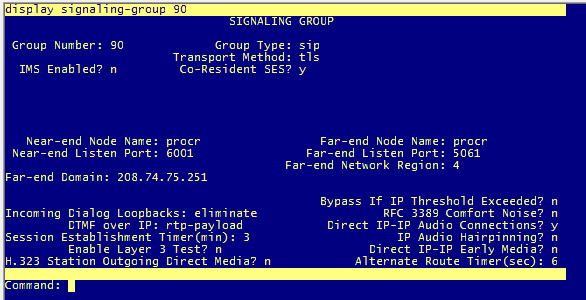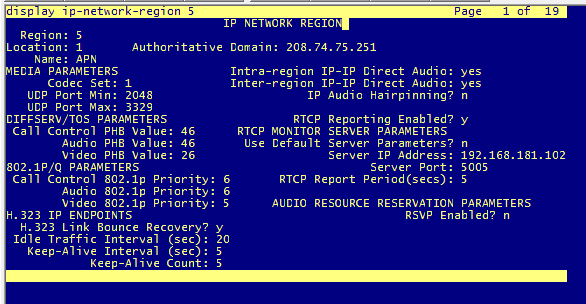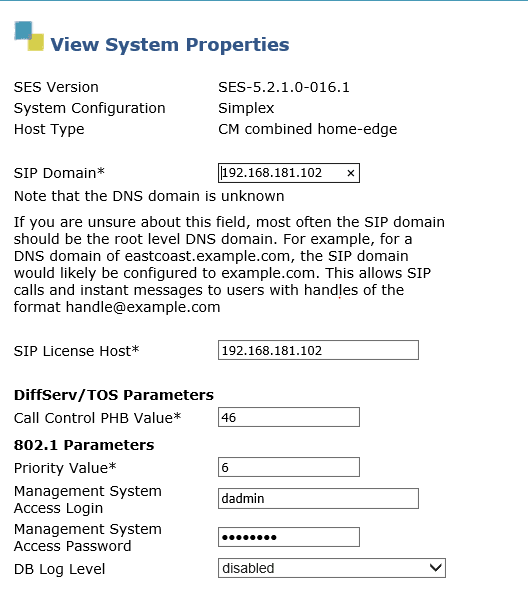Hi everyone,
I really need your expertise with this!
I am implementing a SIP Trunk from Avaya CM to a third-party SIP Provider through a co-resident SES, but it seems that it is not working. I have already referred to different Application Notes but it is still not working. I have also configured SES according to what the Application Notes stated. Licenses for SES are still working, certificates are far from expiry, conflict trunks we're removed.
I always get a Network Failure for my outbound call and incoming call are not passing through (with no trace capture on ASA), SES Trace logger has no trace capture of my test calls.
I configured my SIP Domain to be the same as the address of the procr.
Do we really need to configure a DNS for the Avaya CM? or is it okay if it is left blank?
Also, can we implement direct SIP Trunking from CM to SIP Provider without the co-resident SES?
These are some of the application notes I have referred to:
Really hope someone can help me with this.
Thank you everyone.
I really need your expertise with this!
I am implementing a SIP Trunk from Avaya CM to a third-party SIP Provider through a co-resident SES, but it seems that it is not working. I have already referred to different Application Notes but it is still not working. I have also configured SES according to what the Application Notes stated. Licenses for SES are still working, certificates are far from expiry, conflict trunks we're removed.
I always get a Network Failure for my outbound call and incoming call are not passing through (with no trace capture on ASA), SES Trace logger has no trace capture of my test calls.
I configured my SIP Domain to be the same as the address of the procr.
Do we really need to configure a DNS for the Avaya CM? or is it okay if it is left blank?
Also, can we implement direct SIP Trunking from CM to SIP Provider without the co-resident SES?
These are some of the application notes I have referred to:
Really hope someone can help me with this.
Thank you everyone.



